Photos: Cape Town, South Africa
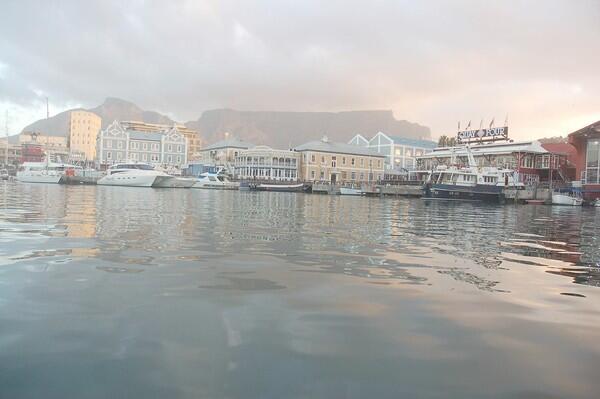
Fans of football (or soccer, as we North Americans stubbornly call it) are about to head to South Africa by the planeful for the FIFA World Cup June 11 to July 11. When not packing stadiums, the crowds will have that country at their doorstep, awaiting exploration. One of the first stops no doubt will be Cape Town’s Victoria & Alfred Waterfront, lined with restaurants, shops, an aquarium and access to harbor cruises. Rising majestically beyond: Table Mountain. (Christopher Reynolds / Los Angeles Times)
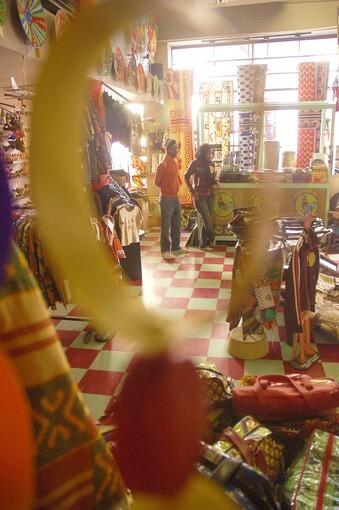
South Africa prides itself on its vibrant art and crafts. One place to find them is African Image, at Church and Burg streets in downtown Cape Town. (Christopher Reynolds / Los Angeles Times)
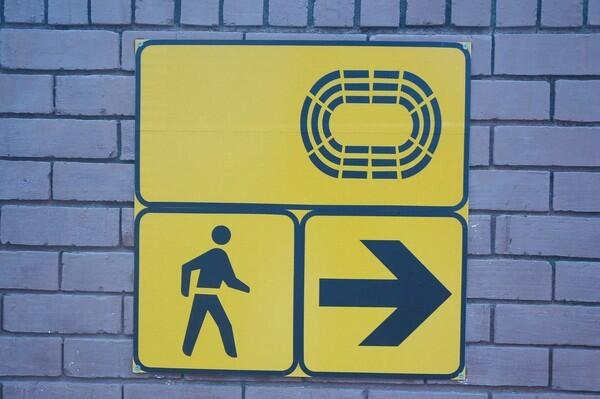
A street sign points pedestrians toward the new Cape Town Stadium. Among those following such signs will be the Americans who’ve bought more than 130,000 tickets, outpacing every country but South Africa itself. And that, even though the U.S. has little chance of winning the 32-team competition. (Christopher Reynolds / Los Angeles Times)
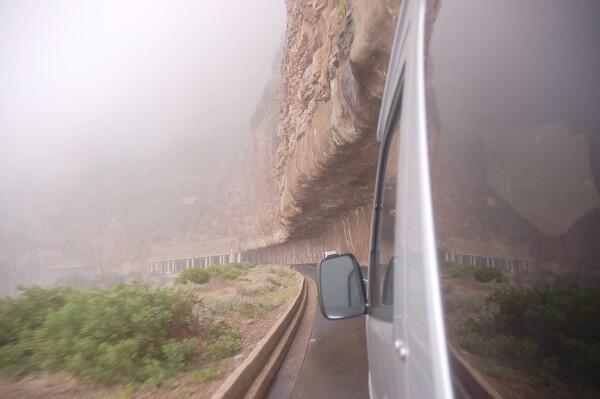
Not far outside Cape Town is Chapman’s Peak Drive, a 5.5-mile route that rivals Big Sur for vertiginous coastal views. (Christopher Reynolds / Los Angeles Times)
Advertisement
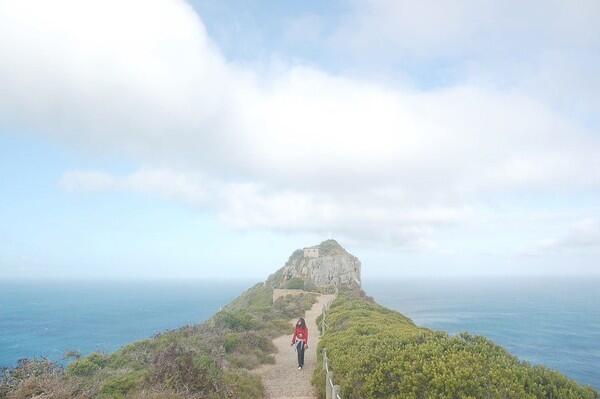
Cape Point isn’t the southernmost tip of Africa (it’s the southwesternmost), but because of its dramatic shape, it’s where you sense the continent running out. For dramatic views, hit the pathways, such as the Light House Keepers Trail. (Christopher Reynolds / Los Angeles Times)
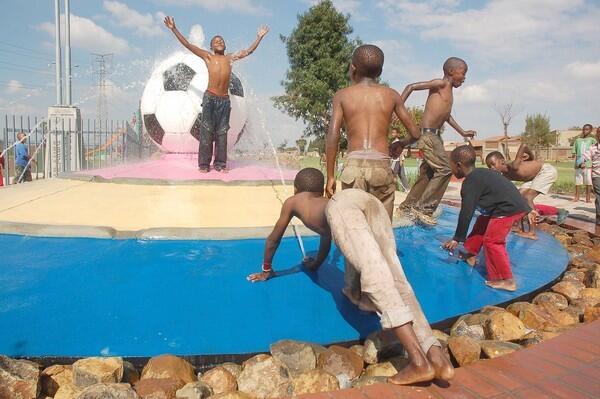
Football fever manifests itself even in a fountain designed for the recently completed Dhlamini Eco Park in Johannesburg’s Soweto area. Where there’s water, there also will be kids. And drenched clothing. (Christopher Reynolds / Los Angeles Times)
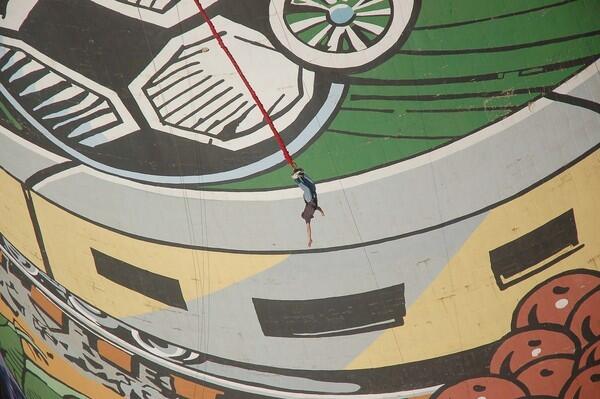
For daredevils, bungee jumping awaits. Orlando Towers, a decommissioned Soweto power plant, is now brightly covered with murals. For an unusual perspective on them, head to the top and get rigged to jump over the side, to see the murals growing and shrinking, coming and going, at crazy angles. (Christopher Reynolds / Los Angeles Times)
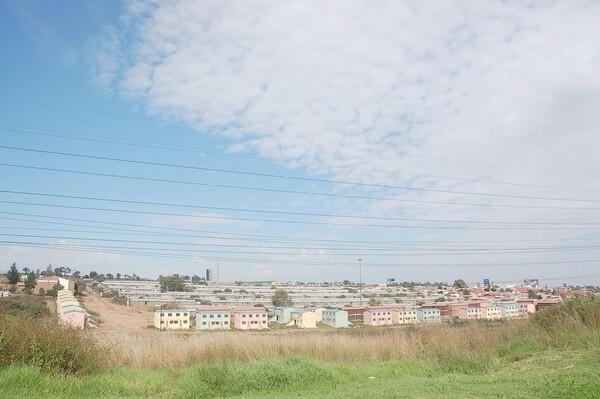
Born early in the 20th century as a residence for black male laborers, Soweto received global attention in the 1970s and ‘80s as a site of profound poverty and key battles in the campaign against apartheid. Now it’s a big chunk of Johannesburg with two malls, a major hospital and an estimated 2 million or more residents, some in spacious residences, others in squatters’ shacks. (Christopher Reynolds / Los Angeles Times)
Advertisement
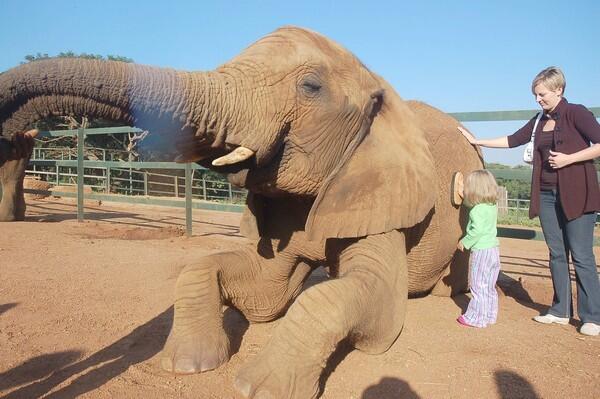
Visitors can participate in grooming time at the Elephant Sanctuary in Hartbeespoort Dam, about an hour’s drive outside either Johannesburg or Pretoria. (Christopher Reynolds / Los Angeles Times)



